Bansuri (Hindi: बांसुरी) (Bangla: বাঁসুরী) is a transverse flute native to India, Pakistan, Bangladesh and Nepal, made from a single piece of bamboo with six or seven holes. An ancient musical instrument associated with cowboys and pastoralist tradition, it is closely linked to the love story of Krishna and Radha, and is depicted in Buddhist paintings from around 100 AD. The word Bansuri originates from Sanskrit [bamboo] + swar [musical note].
Bansuri in North and Venu in South India are the flutes associated with Lord Krishna and are associated with spiritual awakening, a call to devotion. Stories portray Krishna's Bansuri having an enchanting effect not only on the women (gopalas) but also on the animals of the region.
The Bansuri is one of the best instruments for expressing the emotional subtleties of the Hindi Raagas, the pure and rich tones of the Bansuri are like an ongoing prayer, with the ability to deeply soothe and open the hearts of the listener and the flutist alike.
The Bansuri movement in Indian classical music was relatively recent, Pannalal Ghosh (1911-1960) pioneered low-pitched versions of the Bansuri and brought the folk-use instrument to the classical music stage. Bansuri has since been further elevated by the world-renowned brilliance of Hariprasad Chaurasia. Bansuri has been an indispensable part of Hindustani classical music for over half a century.
Making Bansuri flutes is a fine art. Bamboo suitable for making a Bansuri needs to possess many qualities, it should be straight-walled with a uniform circular section, free of knots, therefore the selected bamboo needs long spaces between the knots. Being a natural material, it is difficult to find bamboo axes with all these characteristics, which in turn makes good bansuri s rare.


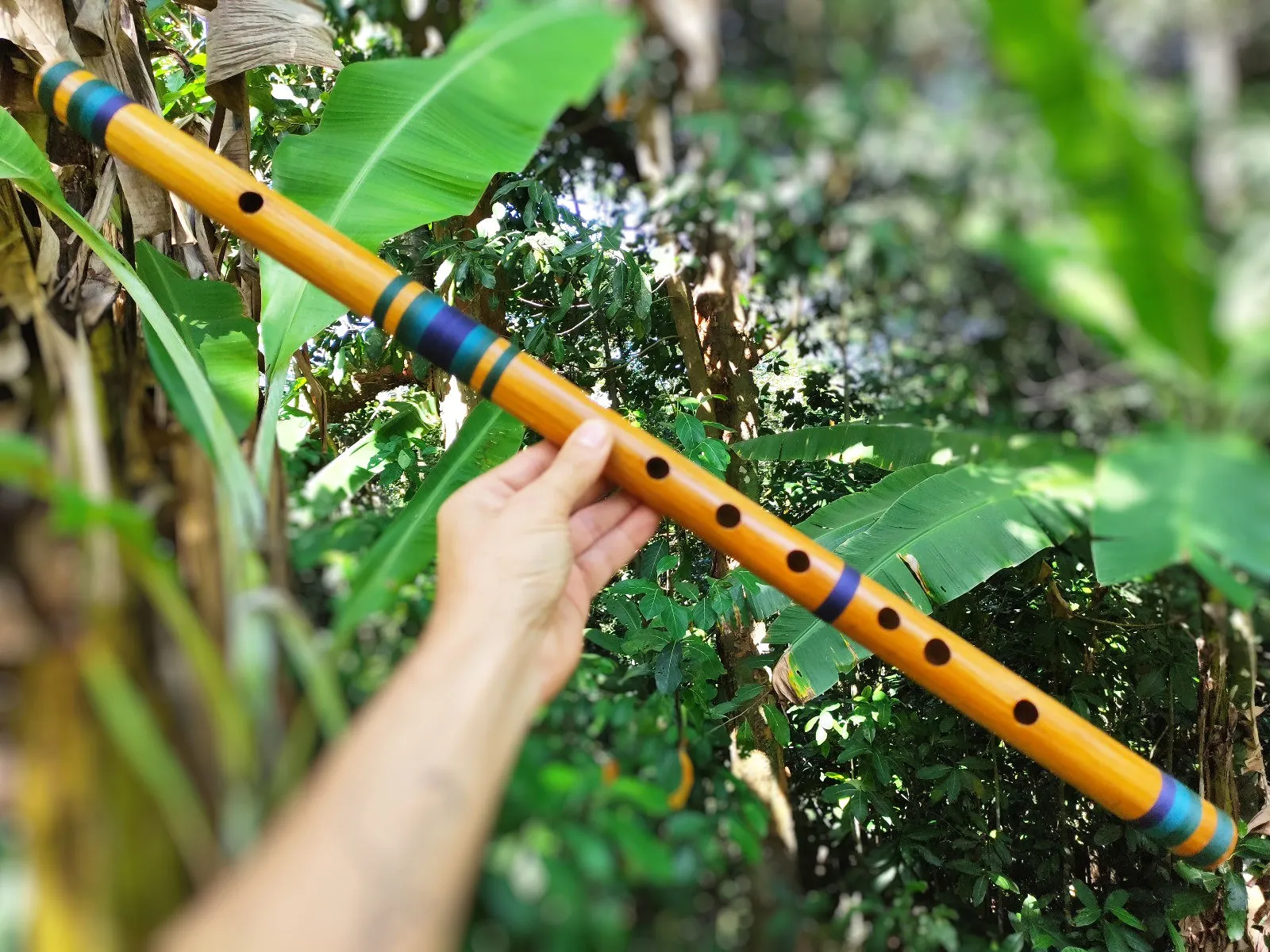
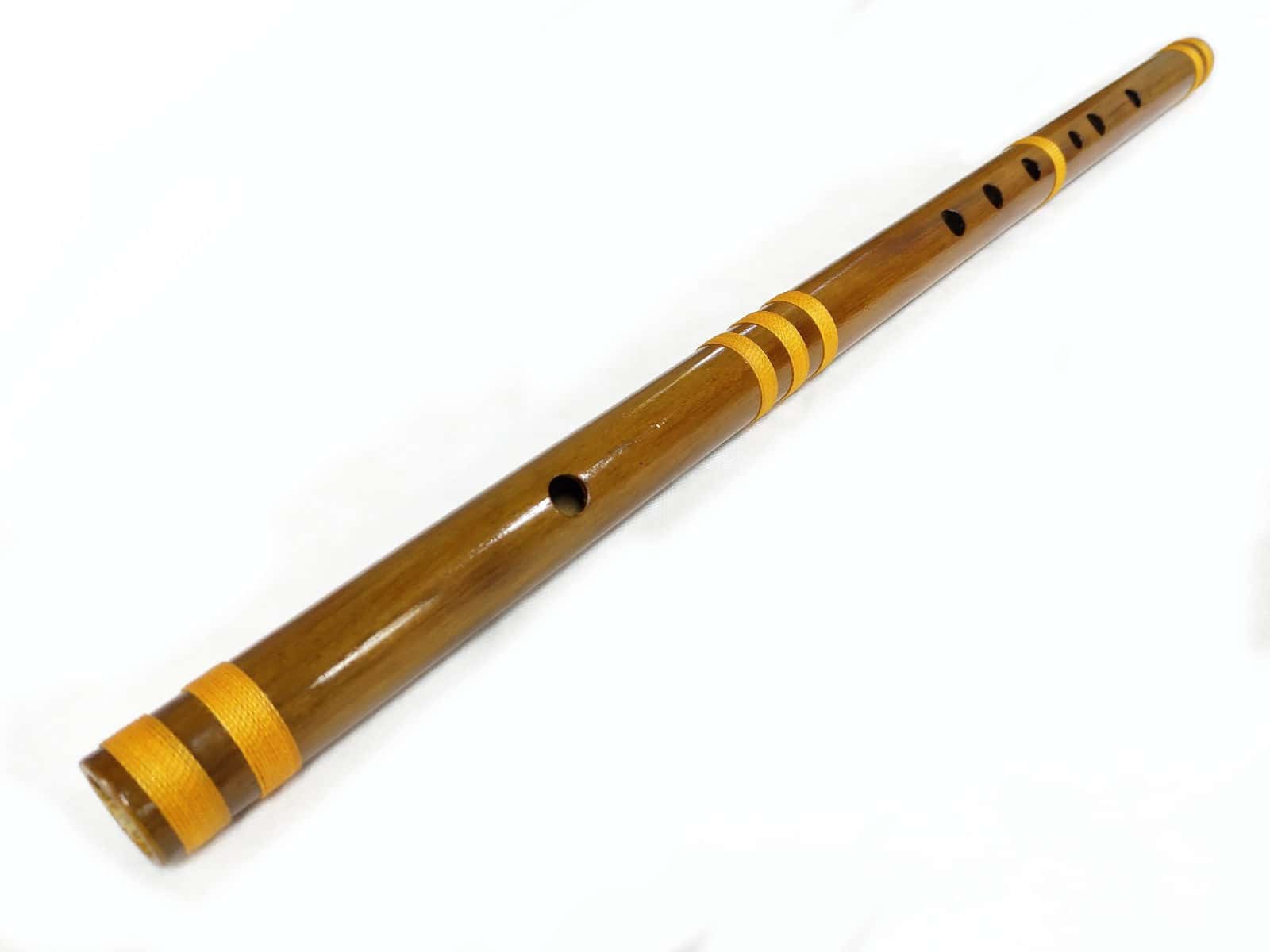

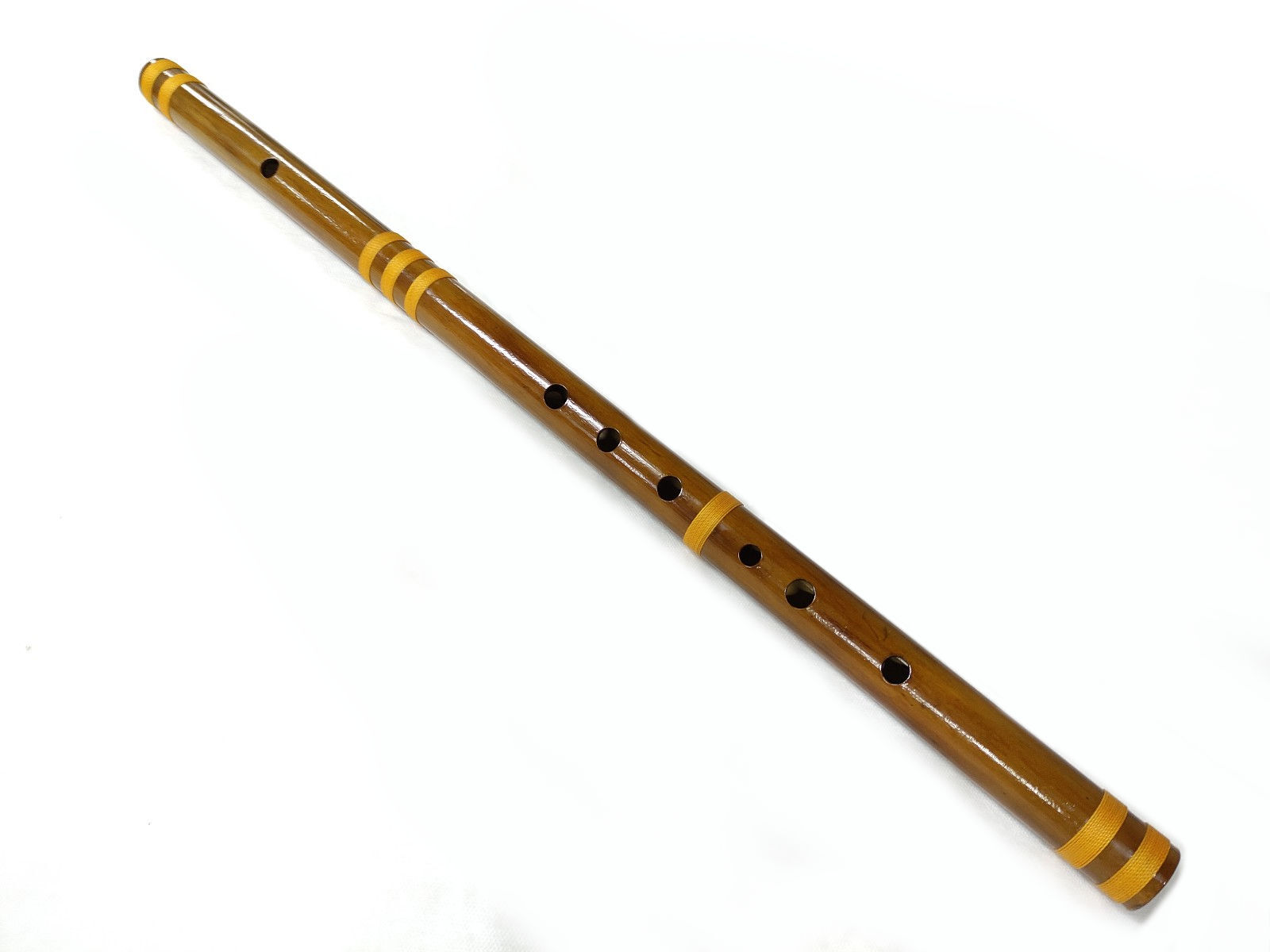
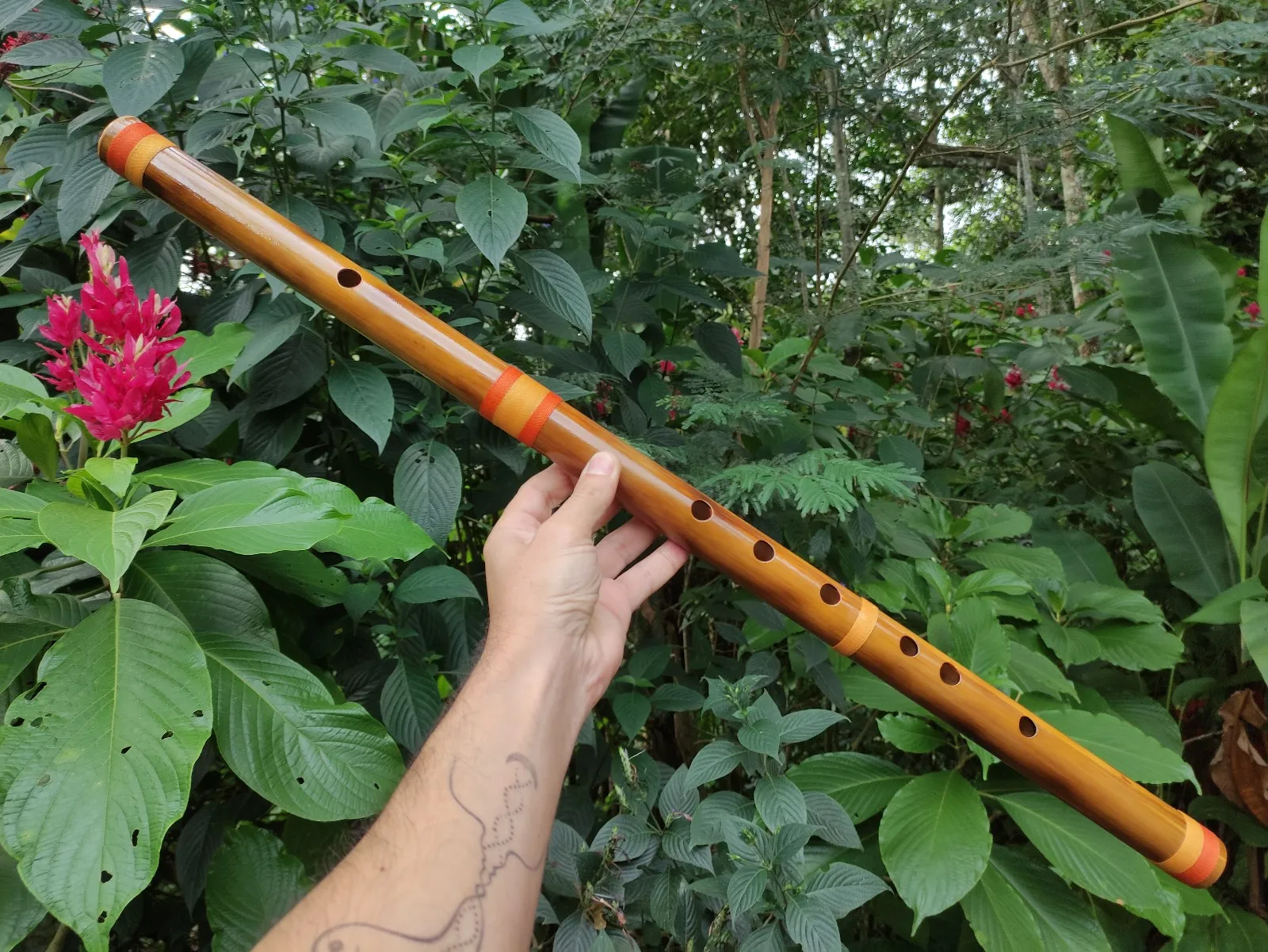
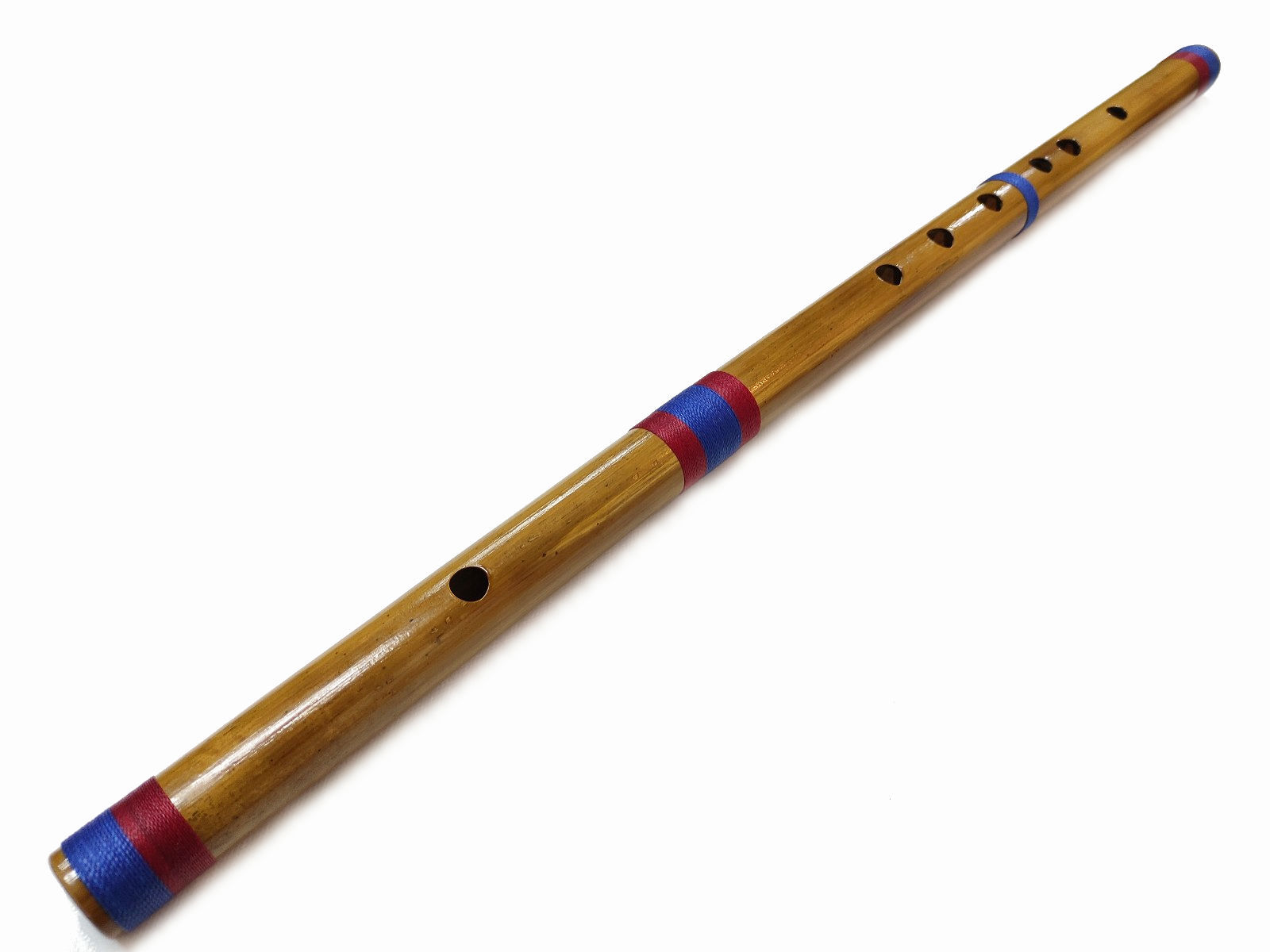

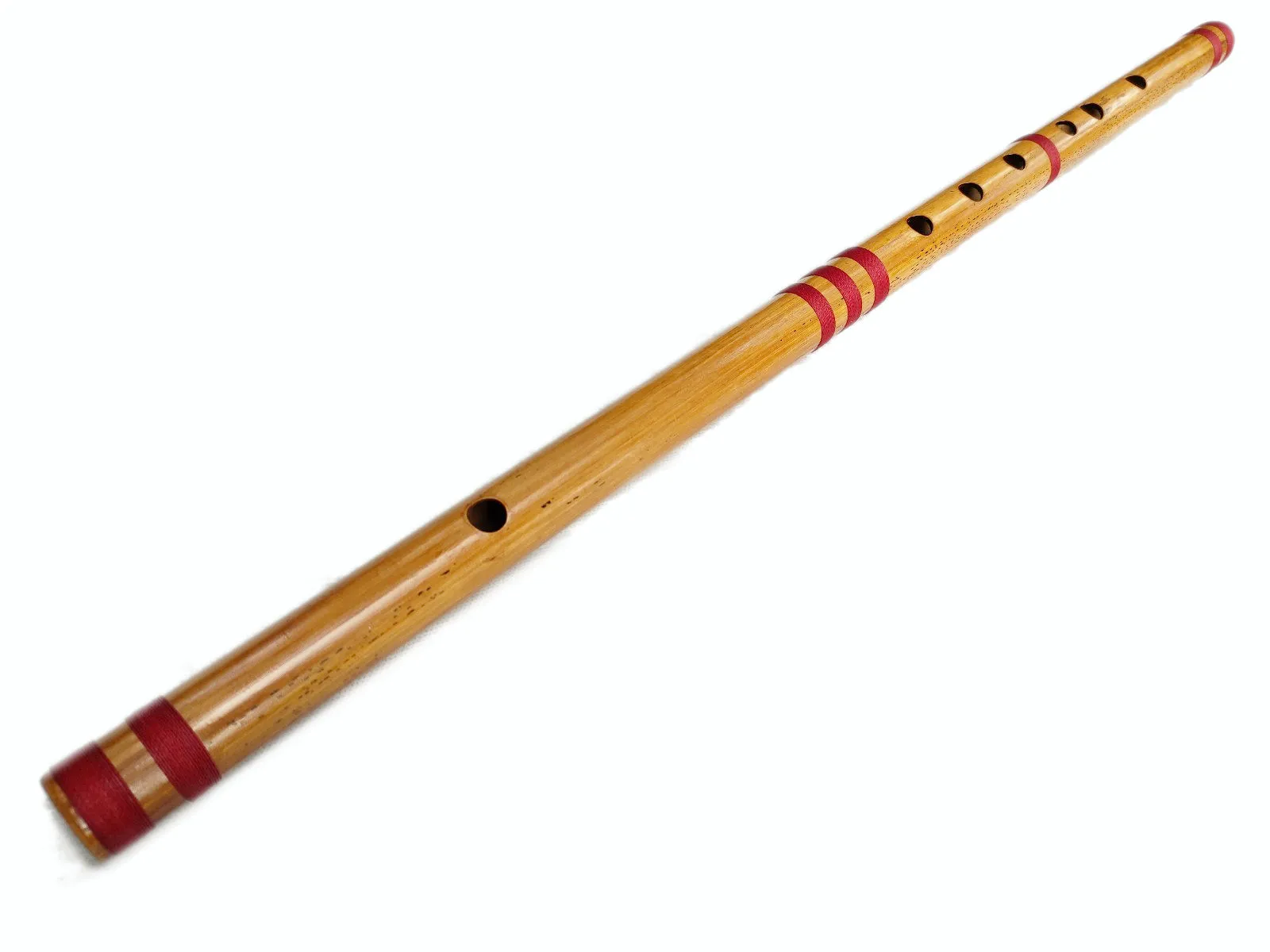
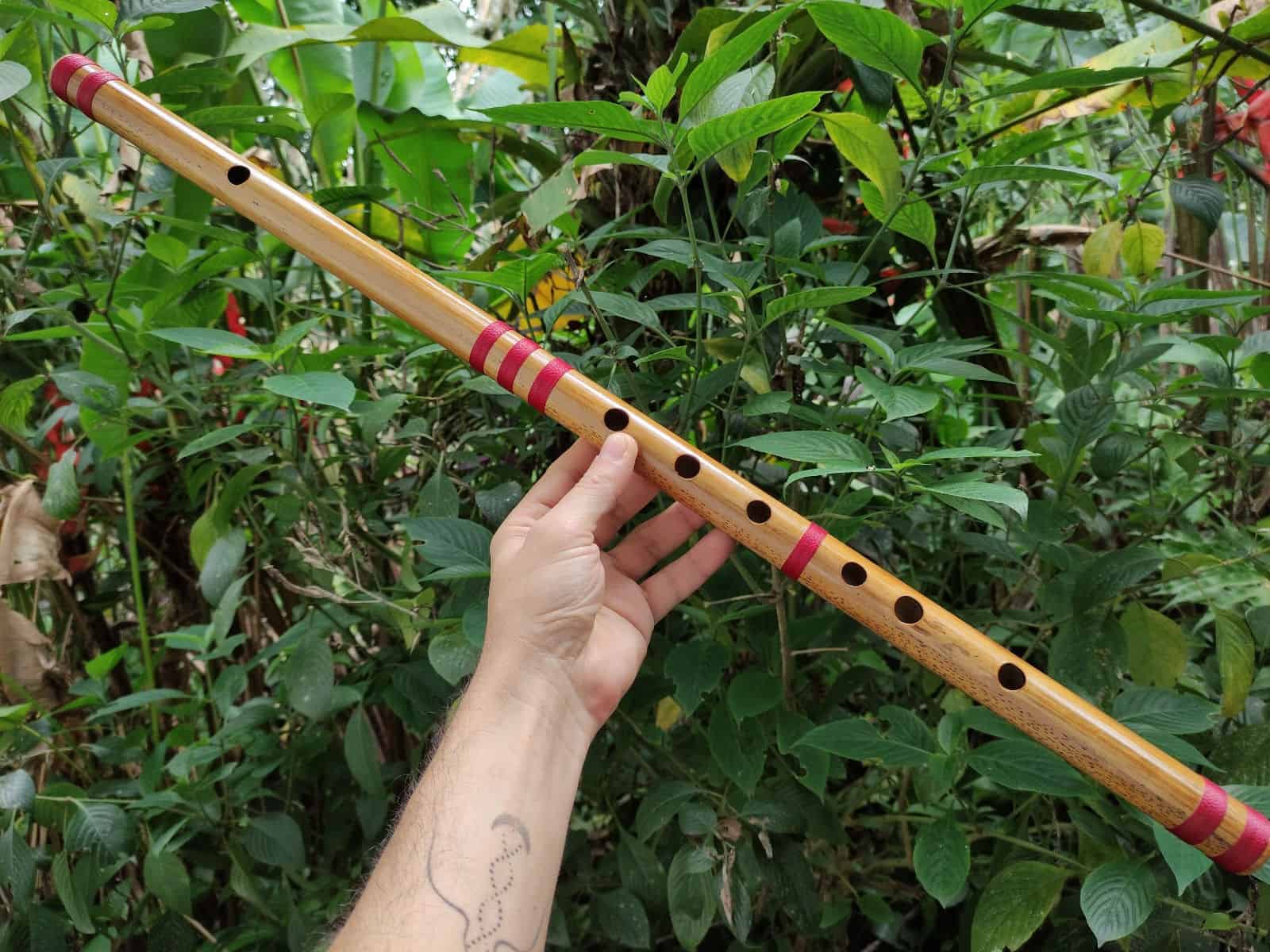
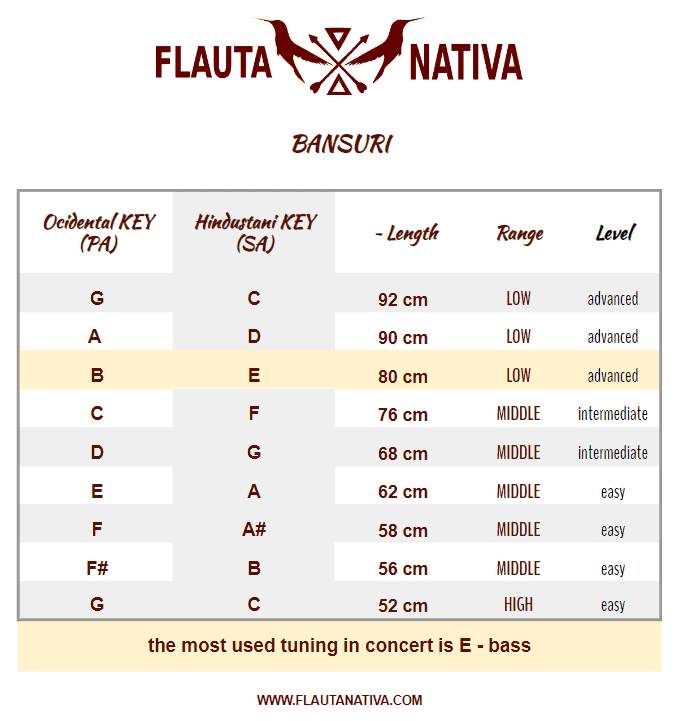
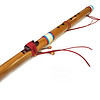
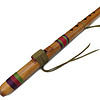




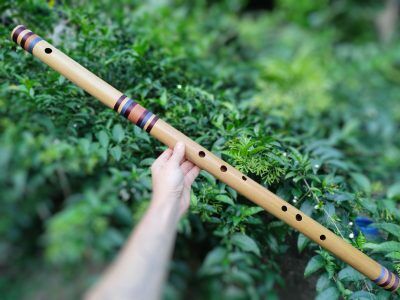
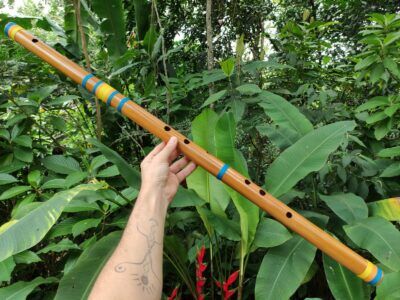
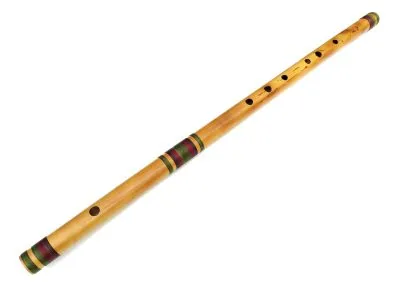

Henrique Almeida –
A beautiful, high-quality instrument. I was very satisfied with the sound and details of mine and thank you for the construction done with care. I recommend for sure.